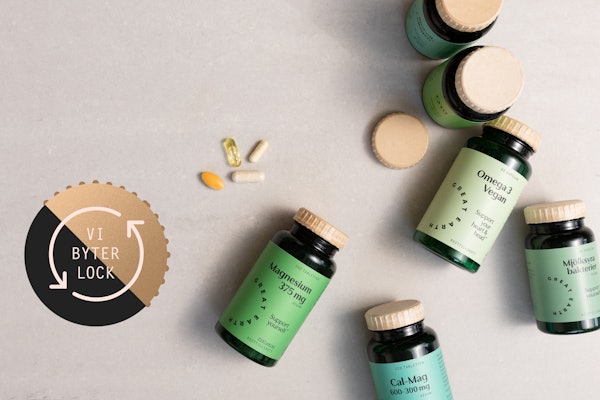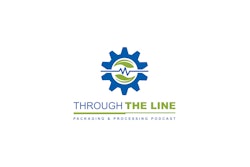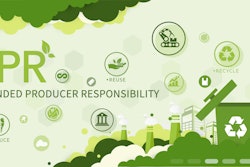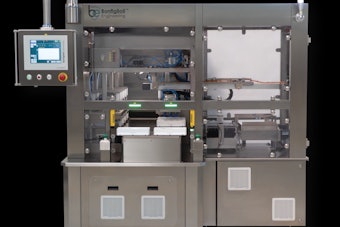According to the home page of the Competency and Credentialing Institute, "Becoming certified as a CNOR makes you a leader as well as a role model in the healthcare community at large and a steward for the operating-room professional community."
Steiert is also past-president of Denver-based AORN, the Assn. of periOperative Registered Nurses. AORN includes 42,000 members, made up of perioperative nurses working in hospitals and outpatient facilities. AORN's Web site says that the association's mission is to "promote safety and optimal outcomes for patients undergoing operative and other invasive procedures by providing practice support and professional development opportunities to perioperative nurses." It continues, "AORN will collaborate with professional and regulatory organizations, industry leaders, and other healthcare partners who support our mission."
Steiert provided a nursing perspective of packaging in the OR during her keynote address at HealthPack 2008, held in March in San Antonio. At HealthPack 2008, attendees heard the results of a custom research survey on medical device packaging that was developed with input from AORN members and the Institute of Packaging Professionals' Medical Device Packaging Technical Committee.
Medical device issues in hospitals
"In today's healthcare environment, we are required to do more with less," Steiert said. "In an attempt to be cost-effective, reductions in costs leave two choices: either staffing or supplies become the focus. Making packaging easier to use saves time and increases efficiency, providing more time to care for patients. We sometimes wish package designers could be in the OR to see how difficult it can be to use packaging and maintain sterility."
Hospital-acquired infections are a huge concern, as beginning Oct. 1, the Center for Medicare Services and other payors will not provide payment. "Packaging is a key to maintaining the sterility of products," Steiert said.
Among her other key points were the following:
• As a potential way to cut costs, packagers should consider that some layers of protection in a packaging structure may not be necessary.
• Outpatient clinics are growing rapidly as they save costs for patients; in turn, this is allowing increased financial gain for surgeons who own or develop partnerships in outpatient facilities.
• Although nursing is one of the best job-protected careers, OR nursing is very specialized as it is high-tech and high-touch, and has one of the largest vacancies, especially in leadership positions.
• Hospitals and surgeons have varying opinions on the use of separate medical device packages versus procedural kits. Surgeons may request their personal preferences for items in a kit, so using a kit may not be efficient if too many additional items are required for a procedure. If a facility charges by each item, it may be more difficult to substantiate the costs. "I personally believe that procedural kits save time and promote efficiency," she said.
• AORN Standards and Recommended practices recommends 25 lb as the maximum weight for a tray of instruments.
"Within the OR, Steiert said, "labeling fluids and medication [packs] is critically important to ensure patient safety; labels need to be distinctly different for like fluids or medications.
"It's important to make it safe for both the patients and for healthcare providers. Healthcare facilities can be a dangerous environment where physical harm is possible from the use of sharps, the passing of diseases through blood and body fluids, moving heavy equipment, and even moving and safely positioning patients."
-By Jim Butschli, Editor
Steiert is also past-president of Denver-based AORN, the Assn. of periOperative Registered Nurses. AORN includes 42,000 members, made up of perioperative nurses working in hospitals and outpatient facilities. AORN's Web site says that the association's mission is to "promote safety and optimal outcomes for patients undergoing operative and other invasive procedures by providing practice support and professional development opportunities to perioperative nurses." It continues, "AORN will collaborate with professional and regulatory organizations, industry leaders, and other healthcare partners who support our mission."
Steiert provided a nursing perspective of packaging in the OR during her keynote address at HealthPack 2008, held in March in San Antonio. At HealthPack 2008, attendees heard the results of a custom research survey on medical device packaging that was developed with input from AORN members and the Institute of Packaging Professionals' Medical Device Packaging Technical Committee.
Medical device issues in hospitals
"In today's healthcare environment, we are required to do more with less," Steiert said. "In an attempt to be cost-effective, reductions in costs leave two choices: either staffing or supplies become the focus. Making packaging easier to use saves time and increases efficiency, providing more time to care for patients. We sometimes wish package designers could be in the OR to see how difficult it can be to use packaging and maintain sterility."
Hospital-acquired infections are a huge concern, as beginning Oct. 1, the Center for Medicare Services and other payors will not provide payment. "Packaging is a key to maintaining the sterility of products," Steiert said.
Among her other key points were the following:
• As a potential way to cut costs, packagers should consider that some layers of protection in a packaging structure may not be necessary.
• Outpatient clinics are growing rapidly as they save costs for patients; in turn, this is allowing increased financial gain for surgeons who own or develop partnerships in outpatient facilities.
• Although nursing is one of the best job-protected careers, OR nursing is very specialized as it is high-tech and high-touch, and has one of the largest vacancies, especially in leadership positions.
• Hospitals and surgeons have varying opinions on the use of separate medical device packages versus procedural kits. Surgeons may request their personal preferences for items in a kit, so using a kit may not be efficient if too many additional items are required for a procedure. If a facility charges by each item, it may be more difficult to substantiate the costs. "I personally believe that procedural kits save time and promote efficiency," she said.
• AORN Standards and Recommended practices recommends 25 lb as the maximum weight for a tray of instruments.
"Within the OR, Steiert said, "labeling fluids and medication [packs] is critically important to ensure patient safety; labels need to be distinctly different for like fluids or medications.
"It's important to make it safe for both the patients and for healthcare providers. Healthcare facilities can be a dangerous environment where physical harm is possible from the use of sharps, the passing of diseases through blood and body fluids, moving heavy equipment, and even moving and safely positioning patients."
-By Jim Butschli, Editor


















